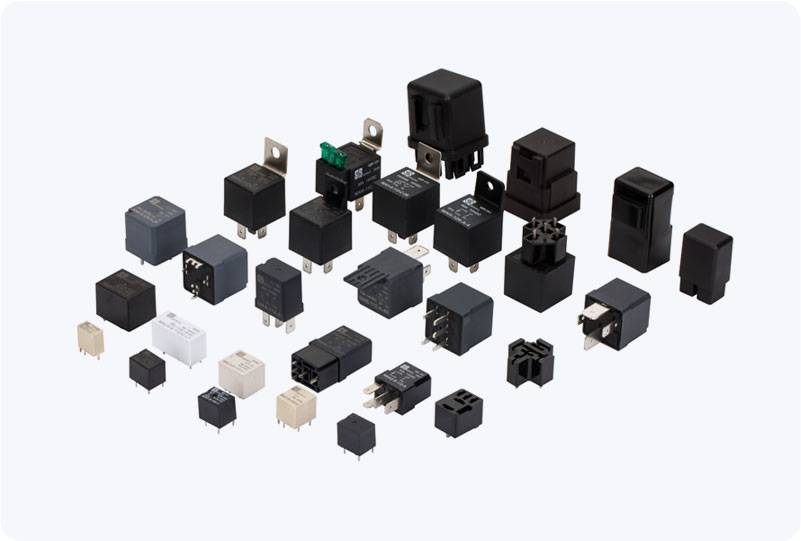In today’s industrial environments, safety is of paramount importance. To safeguard personnel, machinery, and processes, functional safety systems are deployed across a wide range of sectors, including manufacturing, energy, and transportation. One key component in these safety systems is the Safety Relay SIL 3. This advanced technology is designed to provide high-level protection by ensuring that safety-critical functions are executed correctly and reliably. In this article, we will explore the significance of Safety Relay SIL 3, its key features, and its role in achieving the highest safety standards.

What is Safety Relay SIL 3? A Safety Relay is a device used to monitor and control safety-critical functions in industrial systems. It is typically employed in processes where the failure of certain equipment could lead to hazardous situations. SIL stands for “Safety Integrity Level,” which is a measure of the reliability and effectiveness of safety systems. The SIL 3 rating represents one of the highest levels of functional safety, indicating that the safety relay is capable of reducing the risk of failure to a very low level—thus minimizing the possibility of accidents or damage to assets.